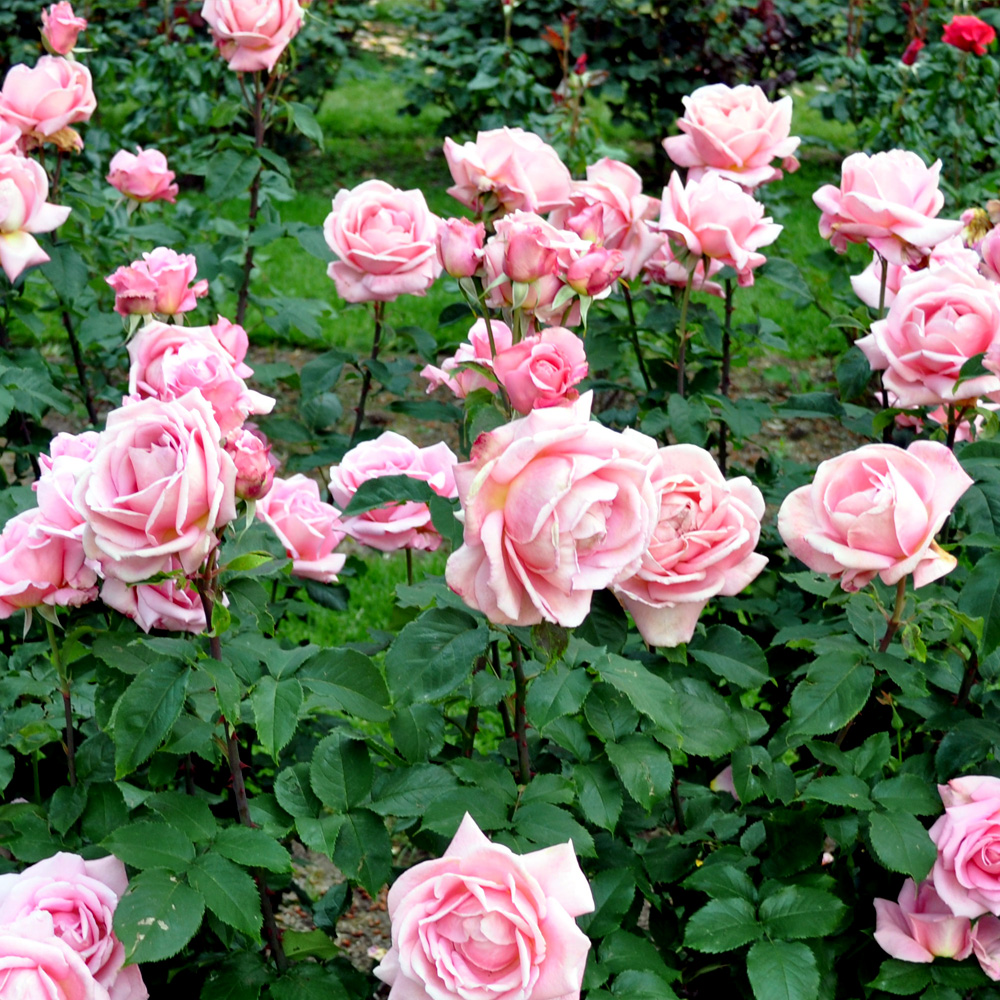Програма за торене на рози

Препорачителна програма за торене на рози през пролетно/летния сезон:
- Месец Март/Април - първо подхранване с тор на розите!
Начин на приложение- внесете 60 грама тор около стъплата на розата като не оставяте тор по стъблата.Внимателно заровете тора с почва на около 1-2 см. дълбочина.Полейте розата.
- Месец Май/Юни - второ подхранване с тор на розите!
Начин на приложение- внесете 100 грама тор около стъплата на розата като не оставяте тор по стъблата.Внимателно заровете тора с почва на около 1-2 см. дълбочина.Полейте розата.
По време на сезона следете развитието на розите и при нужда започнете подхравне с листен тор "HortiFol"-водоразтворим листен тор.
- Начин на приложение 1 грам на литър вода.
